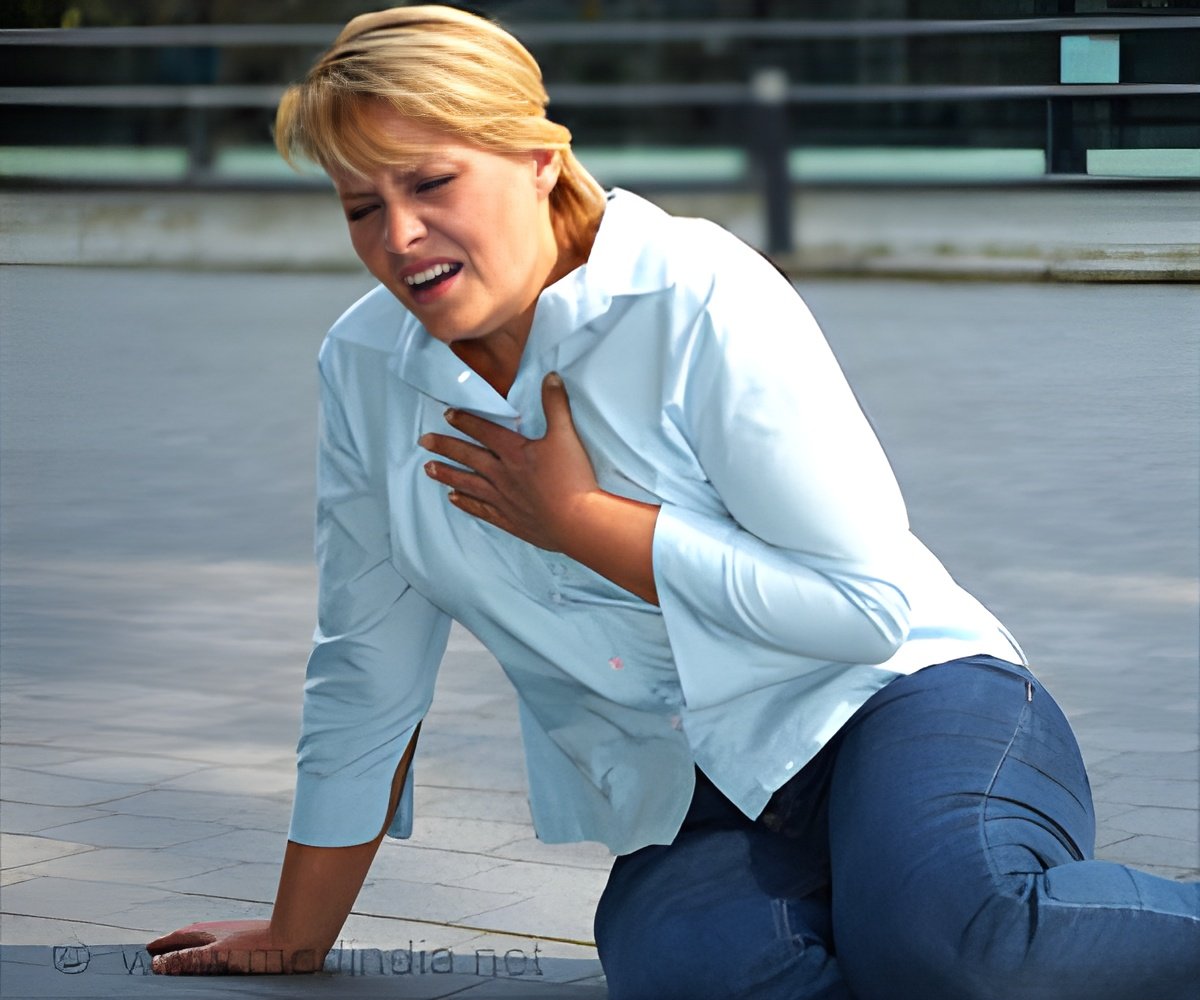Japan: Women are less likely to receive cardiopulmonary resuscitation (CPR) in public places from bystanders than men, finds a new study

‘The investigators speculate that in Japan, bystander CPR including the use of an automated external defibrillator on a woman has the potential to result in being accused of sexual assault.’





Japanese women under 65 are less likely to receive cardiopulmonary resuscitation (CPR) by bystanders when they suffer a sudden cardiac arrest in a public location compared to in a residential location, report investigators in Mayo Clinic Proceedings, published by Elsevier. They speculate that cultural attitudes may influence bystanders and propose that correct knowledge of CPR and a better understanding of sex-based disparities are needed to facilitate public health intervention.Out-of-hospital cardiac arrest (OHCA) is a major public health problem in industrialized countries, affecting more than 350,000 individuals in the United States and 123,000 individuals in Japan each year. Around 1,000 adults suffer from sudden cardiac arrest in prehospital settings each day in the US alone, and only one in nine OHCA victims survives to hospital discharge.
Bystander CPR is associated with improved outcomes in prehospital settings, and international guidelines on resuscitation emphasize its importance as one of the essential components of the "chain of survival." However, recent studies have highlighted sex-based disparities, pointing out that women suffering cardiac arrest in a public location were less likely to receive bystander CPR.
"The reasons for this sex-based disparity should be better understood to facilitate public health intervention," explained Tasuku Matsuyama, MD, Ph.D., Department of Emergency Medicine, Kyoto Prefectural University of Medicine, Kyoto, Japan who led the investigation.
Dr. Matsuyama and colleagues report on a large nationally-representative group of almost 85,000 patients from the All-Japan Utstein Registry from January 1, 2013, to December 31, 2015. They examined the rates and outcomes associated with bystander CPR as a function of a patient’s sex. The analysis included adult patients aged 18 years and older with OHCA of medical origin in public or residential locations, witnessed by bystanders. As in earlier studies, women had lower rates of shockable arrest rhythms and were less likely to receive advanced life support interventions.
Advertisement
Women had a higher likelihood of receiving bystander CPR in a residential location. In public locations, women aged 18-64 years were less likely to receive bystander CPR. When witnessed by a non-family member, women were less likely to receive bystander CPR regardless of age.
Advertisement
Their data show that younger women may miss the opportunity to receive one of the most important treatments for cardiac arrest because of some obstacles unique to young women. Correct knowledge of cardiopulmonary resuscitation may improve the chances for more young women; therefore it is important to disseminate the importance of bystander CPR particularly for young women.
In an accompanying editorial, Jacob C. Jentzer, MD, FACC, Assistant Professor of Medicine, Department of Cardiovascular Medicine, Mayo Clinic, Rochester, MN, USA, and colleagues point out that similar findings were reported in the International Cardiac Arrest Registry. They agree these may relate to inherent biases and differences in social norms. In addition, they note lower utilization of other potentially-beneficial therapies in women after OHCA in several studies, with worse survival in women compared to men.
"This study highlights the importance of bystander CPR as a key component of the ’chain of survival’ for OHCA victims, emphasizing the need for public health interventions to ensure adequate CPR training among laypeople," commented Dr. Jentzer. "Additional studies are needed to determine why these sex-based differences occur, to ensure that all patients with a witnessed OHCA can receive this crucial therapy, which can increase the likelihood of neurologically-intact survival."
Source-Eurekalert










